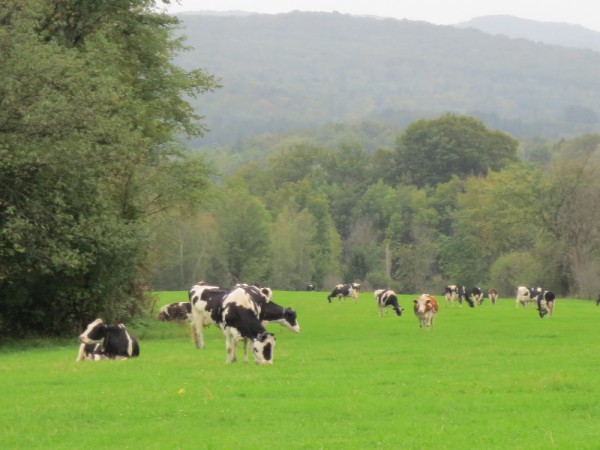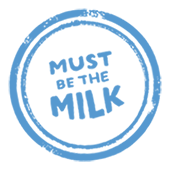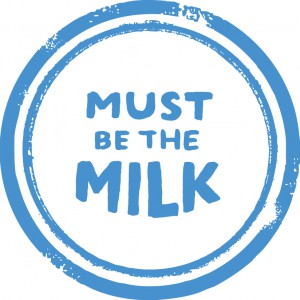By: Alaina Coffey, Boston University Nutrition Student
Did you know that 40% of the food produced in the United States is wasted? Causes of food waste include overproduction, overbuying, cosmetic standards, and “sell by” or “use by” dates that are sometimes unrelated to edibility. The amount of food wasted and thus nutrition lost is unfortunate at a time when one in every six Americans is food insecure. Here are some tips on how you can help to reduce food waste:
1. Shop smart. Be aware of how much your household consumes from one grocery trip to the next. Be mindful of how quickly items spoil and when you plan to use them. Use shopping lists and plan meals to avoid overbuying.
2. Understand expiration dates. “Sell by” and “Use by” dates are manufacturer suggestions for peak quality, but they are not federally regulated and do not denote safety. For example, canned foods are good for an impressive 5 years after their “best by” date, and packaged grains for half a year.
4. Eat “ugly” fruits and vegetables at grocery stores and farmers markets that might otherwise be discarded. Produce that is discarded based on appearance most often tastes just as good as the “pretty” produce.
5. Enjoy dairy. The dairy industry is a leader in sustainable food production, so when you choose to incorporate dairy into your diet, you are making an environmentally sound decision. Read on to learn how.

Keeping cows healthy is a key component of the dairy industry’s leadership in sustainability. A dairy cow, in and of itself, is a uniquely sustainable animal. We must appreciate that while dairy cows produce an essential source of nutrition for us, 80% of food dairy cows consume is indigestible to humans. A cow’s four-chambered stomach, the distinctive feature of ruminant animals, allows the cow to digest food we cannot eat and turn it into nutritious milk. With respect to these facts, cows perform a fascinating task for us by giving us nutritious food while taking in very little of our food supply to do so. Over 50% of cow feed consists of grass, and dairy farmers grow 35% of feed on the same farm where the cows are located. Maintaining cow health and happiness is a high priority for dairy farmers because when cows are content and comfortable, they respond by producing more milk.
Caring for the land is an additional component of dairy’s leadership in sustainability. Dairy cows contribute even more than nutritious milk to our food system – they contribute to the health of the land. Many dairy farms have anaerobic digester systems, which convert manure and food waste into renewable energy and fertilizer. Farmers use the nutrients from cow manure to fertilize crops, which provide food for both people and animals. Dairy farms have a uniquely sustainable nutrient cycle. Many dairy farms are able to operate in a “full circle” or “closed loop” system that is entirely renewable within itself. The farmers grow crops and feed them to the cows; the cows then produce manure, which fertilizes the crops; the crops then flourish and are harvested once again to feed the cows.
Additionally, dairy farmers are incredibly efficient and economical in use of water. The dairy industry’s water footprint is relatively small, as its total water use accounts for only 5.1% of total US water withdrawal. Dairy farms are able to recycle and reuse water up to six times!
To learn more about what the dairy industry is doing and what you can do in the effort to reduce food waste, please visit USDairy.com.

